|
Story and photos by Stef Garland Whether you’re new to gardening in the Mid Coast area and not sure where to start, or you’re needing some fresh inspiration, there’s nothing quite like learning from other people’s gardens. We are fortunate to have in the Mid Coast region an inspirational garden that is open to visitors every month. Limestone Permaculture Farm, owned by Brett and Nici Cooper is a one acre demonstration property in Stroud Road designed and operated on permaculture principles. I’d like to share some highlights of the Limestone Farm tour that I took in July 2021. While overflowing with every kind of plant you can imagine the Limestone property is much more that a collection of edible and useful plants. It is a demonstration of creative design solutions that covers orchards, vegetable gardens, commercial crops, poultry and goats; and nooks to sit and contemplate, and flowers for the bees. As we toured the property, Brett explained the permaculture principles behind each feature of the site and the techniques he uses. 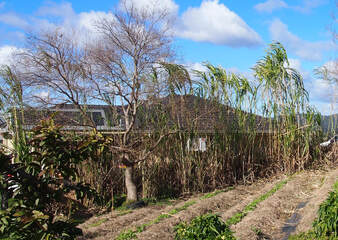 The site demonstrates multiple uses for most things in the garden. The bana grass, for example, which is used as fodder for the animals, also acts as a privacy screen and a great windbreak. On the day of the tour it was very windy so we could see for ourselves how effective the bana grass and other plants like the lilly pillies were as windbreaks across the site. Brett showed us how different plants are grown together in ‘guilds’ to provide protection from weeds, frost, heat and wind. By growing such a large variety of plants, and different varieties of the same crop, there is something to harvest most of the year around. We saw just how many apple varieties could be grown using the espalier method. It also helps make picking easier. The most inspiring part of the tour was hearing Brett talk about solutions rather than problems, whether managing water on the site or coming up with clever storage ideas for equipment and produce. In response to the increasing number of hot days in summer, it was great to see innovative approaches for creating shade to protect plants. 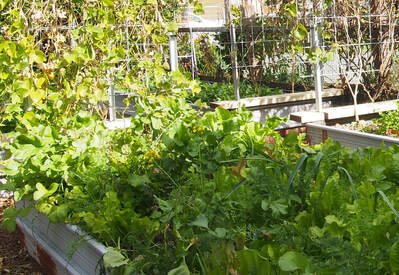 Although our gardens are all different, the principles apply at different scales. Even the smallest backyard can grow a vibrant kitchen garden full of salad greens. The garden bed in the photo was planted out with a variety of greens (and garlic) in autumn, and through selective harvesting, continues to produce abundantly through the winter months. I can’t wait to go back and see the Farm again in summer. Whatever time of year it is, I can highly recommend you book into a tour with Brett. And I didn’t even mention the delicious morning tea made with farm produce!
1 Comment
Story and pics by Stef Garland, founding member and patron of the MidCoast Growers Network 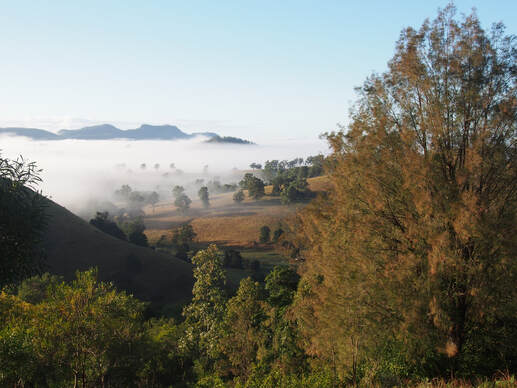 In this post I will share a few things that I’ve learned about soils in the process of building a garden in Copeland, where I moved to in 2014. Like so many new property owners who are keen to build a garden, my question was where to start? Informed by my horticultural studies, organic gardening magazines and books, and experiences with previous gardens, I formed a view of my ideal garden. It was a garden with a large variety of fruit, vegetables and flowering plants that looked beautiful together and were grown in a way that reduced the need for weeding, watering, and fertilisers. It was a garden that was designed with nature in mind, and provided a home for birds and other wildlife.
My approach was to create a series of terraces, starting close to the house and working down the hill over time. The raised terrace beds helped improve drainage while also keeping water on site. Hiring an excavator to create the main terraces on contour was a great investment. The earthworks included a network of paths in between the terraces for easy access and reducing soil compaction in the beds. Forming terraces around the existing fruit trees, - citrus, olives, figs, apples and pears made a big difference to their growth and productivity. To give new (and existing) plants the best chance to thrive I then turned my attention to improving the soils. Every source of gardening advice about soil improvement has a common message - organic matter is the key! Even with a number of compost bins and compost bays, and a ready source of animal manure and grass clippings, making enough compost to go around my various garden beds proved to be an ongoing challenge.
Plant selection, while another whole topic, is very relevant to maintaining healthy soil. I grow plants such as comfrey, arrowroot, lemongrass and bana grass for a ready source of mulch. Groundcovers around the fruit trees also help protect the soils from drying out, so long as I choose plants such as herbs, strawberries and greens that don’t compete with the root systems of the fruit trees. I’m pleased to say that by maintaining these practices year in and out, through the changing seasons and climatic conditions, I have created my ideal garden.
|
AuthorArchives
February 2023
Categories |

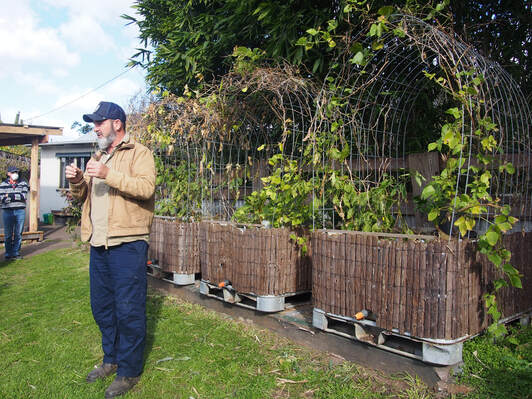
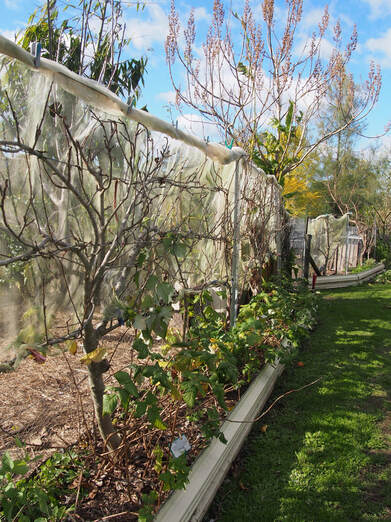
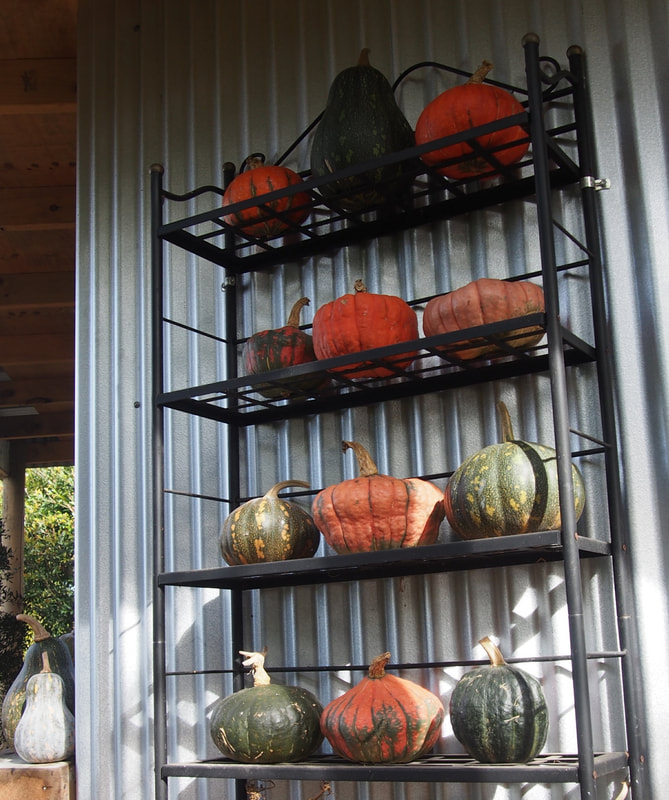
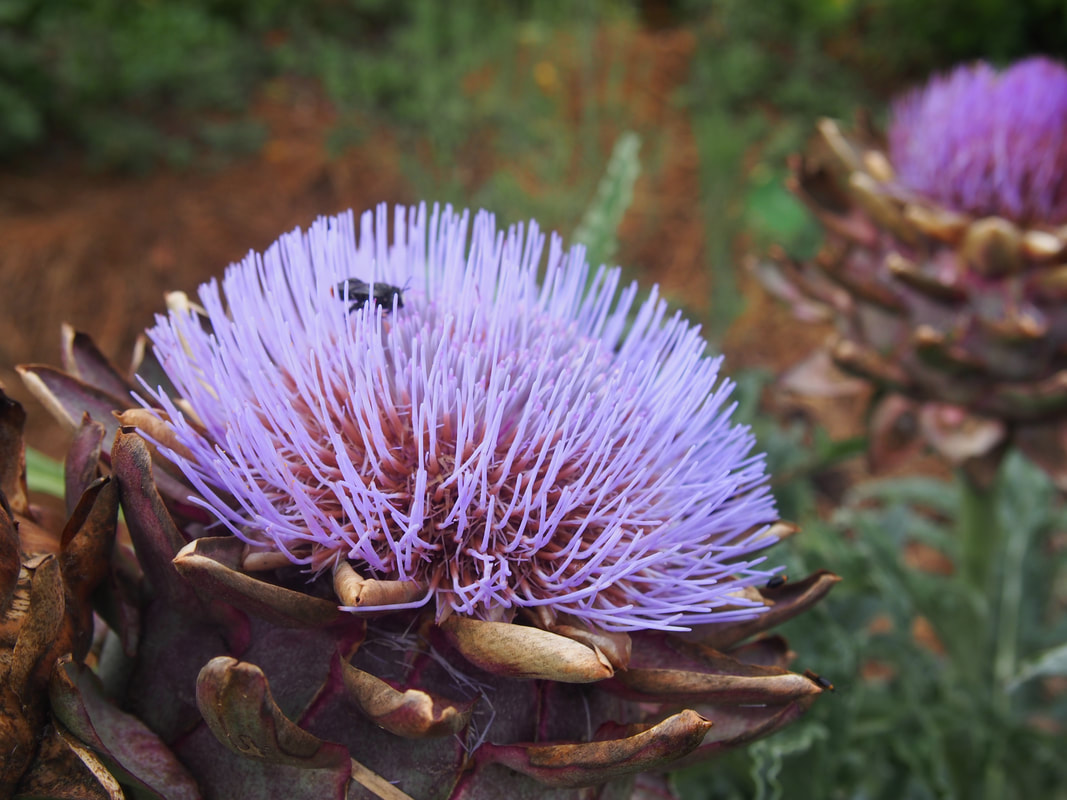
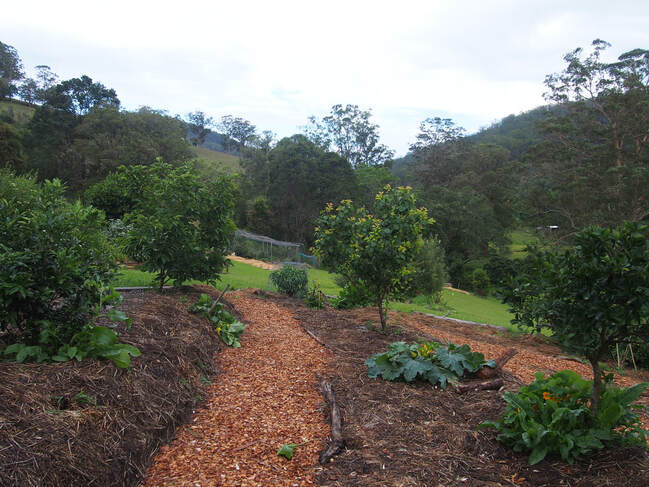
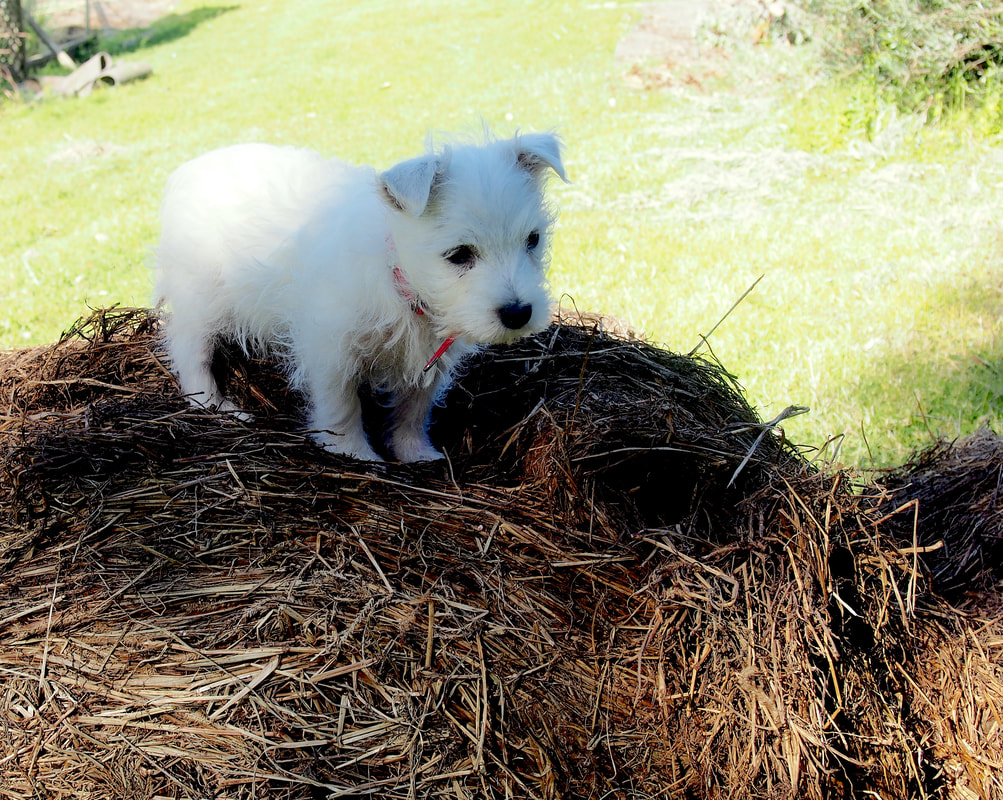


 RSS Feed
RSS Feed
